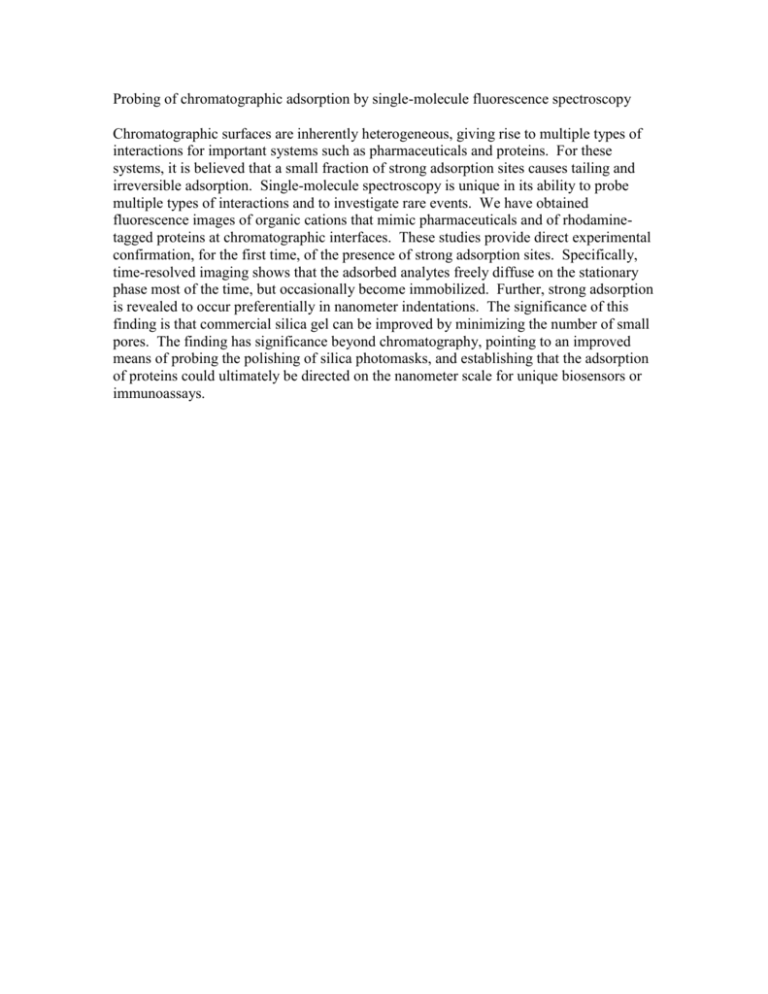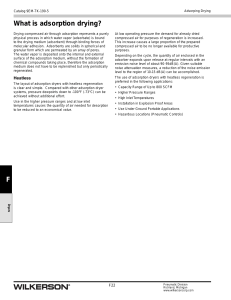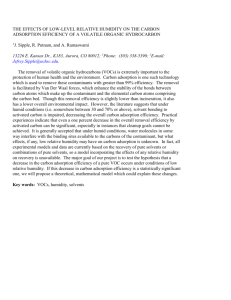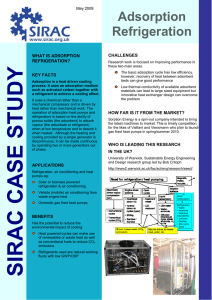Probing of chromatographic adsorption by single
advertisement

Probing of chromatographic adsorption by single-molecule fluorescence spectroscopy Chromatographic surfaces are inherently heterogeneous, giving rise to multiple types of interactions for important systems such as pharmaceuticals and proteins. For these systems, it is believed that a small fraction of strong adsorption sites causes tailing and irreversible adsorption. Single-molecule spectroscopy is unique in its ability to probe multiple types of interactions and to investigate rare events. We have obtained fluorescence images of organic cations that mimic pharmaceuticals and of rhodaminetagged proteins at chromatographic interfaces. These studies provide direct experimental confirmation, for the first time, of the presence of strong adsorption sites. Specifically, time-resolved imaging shows that the adsorbed analytes freely diffuse on the stationary phase most of the time, but occasionally become immobilized. Further, strong adsorption is revealed to occur preferentially in nanometer indentations. The significance of this finding is that commercial silica gel can be improved by minimizing the number of small pores. The finding has significance beyond chromatography, pointing to an improved means of probing the polishing of silica photomasks, and establishing that the adsorption of proteins could ultimately be directed on the nanometer scale for unique biosensors or immunoassays.











